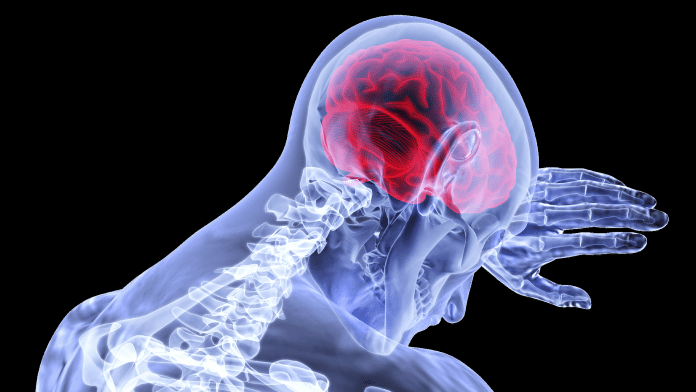
Researchers from the UK and Japan have discovered a way to use the brain’s natural painkilling system as an alternative to opioids for the relief of chronic pain.
The team was led by the University of Cambridge and successfully pinpointed an area of the brain that’s important for endogenous analgesia – the brain’s pain relief system. This discovery could lead to the development of pain treatments that activate the brain’s natural painkilling system by stimulating this area of the brain, minus the dangerous side-effects of opioids.
Opioids are most effective painkillers
Opioid drugs such as hydrocodone, oxycodone and fentanyl are the most effective painkillers as they hijack the endogenous analgesia system.
However, they are also extremely addictive. A comment from the head of the addiction charity DrugWise in 2016 called the addiction to prescription medication a ‘public health disaster’.
Lead on the research Dr Ben Seymour, of Cambridge’s Department of Engineering, said: “We’re trying to understand exactly what the endogenous analgesia system is: why we have it, how it works and where it is controlled in the brain.
“If we can figure this out, it could lead to treatments that are much more selective in terms of how they treat pain.”
Pain can be a good thing
Pain has its purpose in the recovery process, as it allows the body to use as much energy as possible to start healing the pain.
Seymour continued: “Pain can actually help us recover by removing our drive to do unnecessary things – in a sense, this can be considered ‘healthy pain’.”
The research team wanted to find where in the brain this system was activated so they used brain scanning technology.
What did the test find?
It was found after several experiments that the level of pain the volunteers experienced related to how much information there was to learn in the task.
When the subjects were trying to work out which button they should press, pain was reduced. But when the subjects knew which button to press, it wasn’t.
The brain was computing the benefits of actively looking for and remembering how they got relief and using this to control the level of pain.
Seymour concluded: “These results build a picture of why and how the brain decides to turn off pain in certain circumstances and identify the pregenual cingulate cortex as a critical ‘decision centre’ controlling pain in the brain.”
Chronic pain affects one in three people at some point in their lives.









